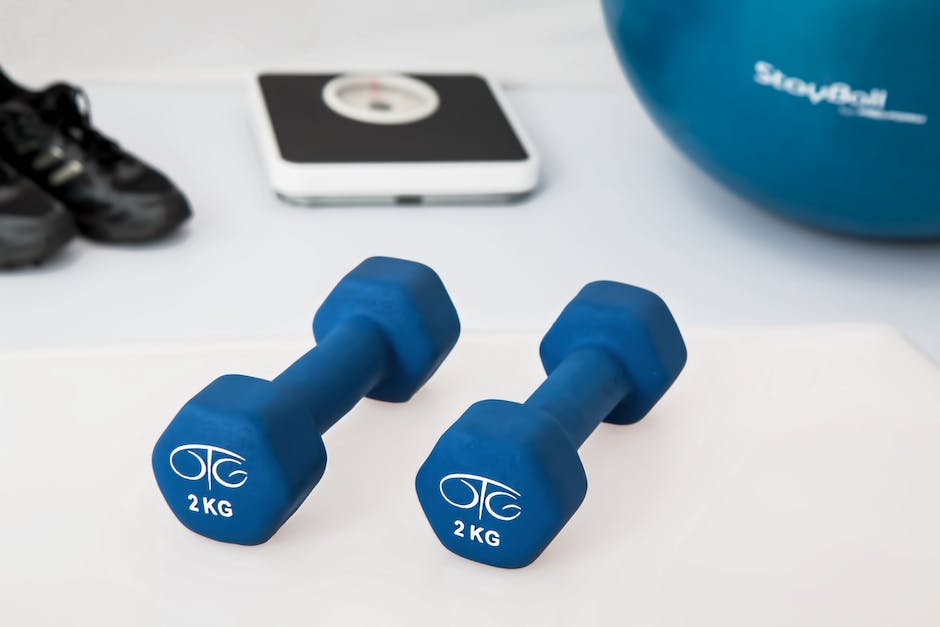How to Quickly Calm Down When You Get Triggered at Work

Workplace triggers can disrupt your peace and productivity. Learning to swiftly regain composure is crucial. Explore strategies to identify these triggers, understand their impact, and master techniques to restore calmness, ensuring a healthier, more balanced professional life.
Emotional things happen at work
Show poise in the face of difficult situations is an important skill to develop your executive presence
- Take deep breaths
- Distract yourself
- Use your words
- Process your feelings
- Don’t forget to process your feelings after the moment has passed
Use your words
Putting your feelings into words, or emotional labelling, can quickly reduce their grip on you and lessen your physiological distress
- The goal of emotional labeling is not to deeply explore and fully process your feelings but rather to quickly pull yourself from the ledge of a stress-induced response you might regret later
Be ready with a script
Come up with a couple of go-to lines that will allow you to quickly respond and buy yourself more time
- Write and rehearse two to three short lines that feel natural for you
- Choose scripts that are simple to remember and applicable to many conversations
Take deep breaths
Deep abdominal breathing slows down your heartbeat, stabilizes your blood pressure, and encourages full oxygen exchange, which is critical to the brain’s ability to function.
- By stimulating the parasympathetic nervous system through this exercise, you can bring your prefrontal cortex back online, enabling you to think and respond rationally again.
Don’t forget to process your feelings
Suppressing emotions and pretending not to be upset is a common strategy that can have negative outcomes including elevated blood pressure, increased negative emotions, fewer close relationships, and lower well-being overall.
- Process your feelings more fully alone or with someone you trust to determine the relative costs and benefits of expressing them.
Distract yourself
Do anything you can to divert your attention away from your strong emotion temporarily
- For example, focus on another sensation in your body such as the feeling of your weight pressing into your seat, wiggling each toe individually, or touching your fingertips together to see if you can feel the ridges of your fingerprints

